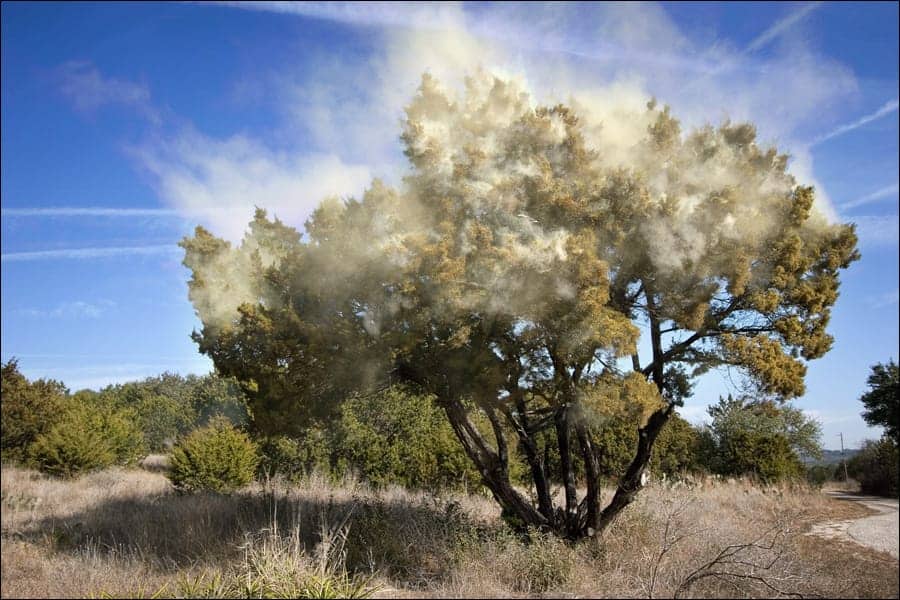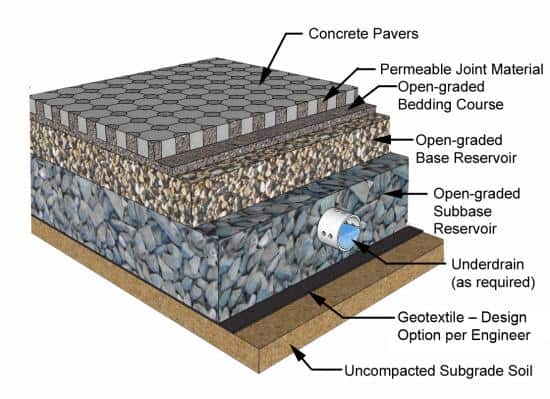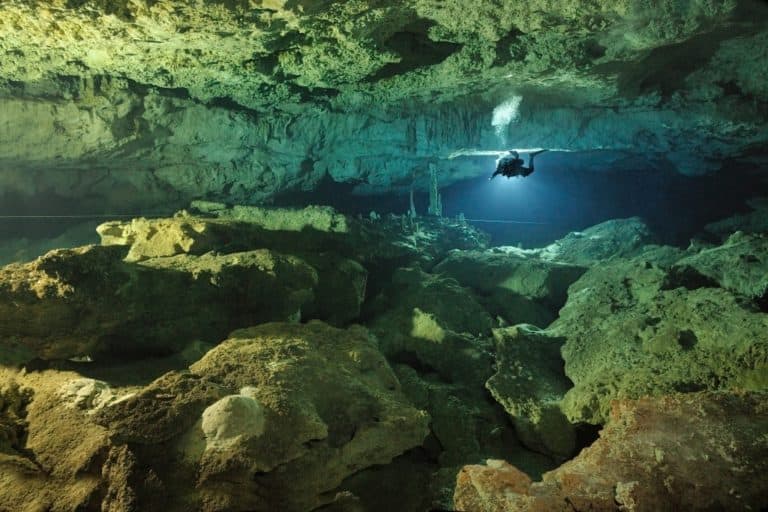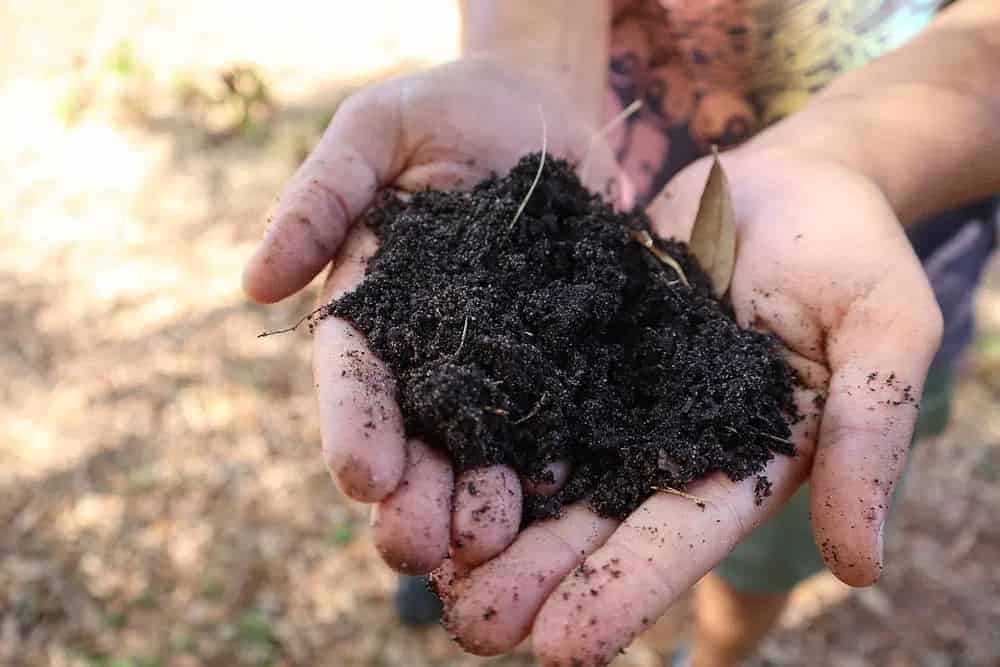I don’t think I’ve ever seen a plant provoke more wrath. Central Texas ranchers scorch the earth of its presence, land managers slander it as thirsty and invasive, and urbanites hate its existence, period.
And generally, none of us even call it the right name.
The Ashe juniper (Juniperus ashei, or “mountain cedar”) is a Texas native plant and part of our state’s fabric. This hardworking evergreen appears in our pollen record as far back as the Ice Age and has thrived for the past several thousand years.
Lately, though, it’s become a problem child. “Cedar fever” despair has ramped to an all-time high, especially as populations explode with transplant residents. More objectively, it’s outcompeting other species in new ways, thanks to our changing ecology.
Does the boom indicate that the plant is hogging resources, depleting the land, and threatening to choke out the state in a giant allergic cloud?
Or is it just a beneficial native species that demands updated management techniques?
Maas Verde dug a little deeper — and found that Ashe juniper fosters habitat for other plants and wildlife, recharges aquifers, and adequately resists wildfire.
*Editor’s note: This article uses the terms “Ashe juniper” and “mountain cedar” interchangeably.
‘Vile plant that poisons the air?’
Wildflower Center Ecologist and Land Steward Michelle Bertelsen once called Ashe juniper “a native species behaving badly” — but contended that it’s not the plant’s fault. For removal in land management, she said, it’s a “low-hanging fruit.”
 Releasing pollen; (photo/Andy Heatwole via Flickr)
Releasing pollen; (photo/Andy Heatwole via Flickr)
Before human land management, mountain cedar in most Texas habitats competed with native grasses like bluestem and switchgrass. Prairie fires in some areas kept the trees at bay and helped balance the species. So did abundant wildlife, which helped micro-manage them by browsing.
Even more importantly, undisturbed soils and karst structure gave the trees healthier, longer lives.
Then, decades of human-introduced fires, clear cutting, and overgrazing began. Building and development also increased, and a few significant droughts occurred. That resulted in shallower, degraded soils.
A form of mountain cedar that resembles the bushy, low-growing variety began to proliferate. It was especially adapted to the new soil profile, and could root more shallowly.
Malice grew.
“Man and cedar co-exist poorly, and to cede the terrain to the ashe juniper is to cede defeat by a vile plant that poisons the air with its pollen for weeks every year, that chokes out other, friendlier vegetation by hogging resources, and that increases the risk of catastrophic fire through its quick burn.”
Dan Solomon, Texas Monthly
Solomon makes his hostility clear. But if you defang his phrases, his criticisms don’t hold up.
How Mountain Cedar Improves Habitats
Ashe juniper actually provides habitat for other beneficial species. Elizabeth McGreevy is an ecological consultant and executive director of Project Bedrock. Over 20 years of research and advocy for the trees culminated in her book on the topic.
Texas madrone (Arbutus xalapensis), gum bumelia (Sideroxylon lanuginosum), possumhaw (Ilex decidua), and Texas red oak (Quercus buckleyi) “often cannot get a start anywhere else but within the protective branches of our cedars,” McGreevy told the Wildflower Center.
Mountain cedar creates healthy soil with fallen leaves, berries, and twigs in its root zone. Cedar sage (Salvia roemeriana), cedar sedge (Carex planostachys) and cedar rosette grass (Dichanthelium pedicellatum) all grow especially happily in these soils — as their names suggest.
Maas Verde president and founder Ted Maas thinks of the trees as “nursery” plants. They support companion plants nearby via moisture and temperature regulation, and they limit browsing by Central Texas’ overpopulated deer.
The other headline complaint about mountain cedar is its water consumption. But Wildflower Center Ecologist and Land Steward Michelle Bertelsen took a softer stance.
“It does use water,” said Bertelsen, but “so does all of the other brush.” Effectively managing it, she said, “is about the reduction of woody species or not; the individual species doesn’t matter that much.”
Instead, woody plants in general could provide depleted aquifers like the Edwards with a much-needed boost.
How Cedar Recharges Aquifers
One Texas A&M research group measured this effect by studying redberry junipers (Juniperus pinchotii) — a similar species to the Ashe. They found that the trees increased local soils’ water infiltrability by up to 500%. Trees of every size caused this outcome.
In some ways, the process is simple. Robust roots decompact the soil, creating channels for water to drain toward the limestone layers below. This helps more water filter into the aquifer, recharging it.
(McGreevy added that the study has since included Ashe junipers, and led to nearly identical findings.)
But even the fallen leaf litter contributes to this soil function. To filter water properly, soil needs particles big enough to resist clumping when it gets wet. This is called aggregate stability, and multiple sources showed that thicker litter beds under trees aided it.
These soil benefits more than likely counterbalance the trees’ water consumption, the researchers pointed out. Junipers in similar woodlands only drew water from the top eight inches of soil. Roots in deep soils, McGreevy confirmed, usually stay in the top layer.
Maas said his field experience supports those findings.
“Junipers don’t establish taproots like oaks, and we’ve seen that at Maas Verde through thousands of removals,” he said. “Where a live oak will send a root straight down toward deep underground water, the biggest junipers will only reach three to four feet. And the vast majority only root into the top 6 to 12 inches of the soil profile.”
Mountain Cedar Resists Fire and Loves Controlled Burns
Mountain cedar haters don’t only think it guzzles water and kills other species — many also claim it catches fire like it’s got gasoline for sap.
That’s not true at all. Instead, the trees are very effective at catching and absorbing water, and only moderately flammable.
The Ashe juniper’s leaf structure catches rainwater aggressively. Each tree can create its own humidity, generally holding rainwater that hits its canopy. Some say this is yet another sign of mountain cedars’ greed for water, but it also limits their reliance on groundwater and builds their fire resistance.
McGreevy stressed that it’s also important to avoid limbing cedars at a low height. Grasses are the main fuel in Texas prairie fires, so the closer they can grow to the trees’ trunks, the more exposed the trees are.
Again, the foliage stores water extremely effectively.
“I’ve seen, in controlled burns, understory fires go right up to a stand of cedar, hit it, and go around,” Maas said. “The moisture retention of these plants is absolutely amazing.”
That’s one thing that makes controlled burns highly effective tools for maintaining Ashe juniper communities. Fires tend to randomly select trees to limb, clear out, or leave alone. Because a healthy tree can resist fire, the selection process tends to clean out dead or dying individuals.
That creates space and age gaps between specimens. And trees of varied ages can make biodiverse, regenerative habitats when intermixed with other species.
Finally, believe it or not, selective burns like these can also limit cedar fever. Burns on plots at the Wildflower Center reduced pollen counts by 15% on the burned parcels and up to 50% on adjacent plots.
Maintenance Basics
Lands across Texas have sprouted with mountain cedar, which volunteers in degraded soils and withstands drought relatively well. But it’s an effect of these conditions, not their cause.
McGreevy described thickets as “a mega soil-building machine. It’s not trying to get more water in the aquifer; it’s not trying to produce grass for a cow; it is nature’s wholehearted effort to restore the soil, to protect it so no more erosion happens.”
So what does effective management for this species look like?
McGreevy recommended thinning the trees by about 20% in some situations. You can often find them surrounding live oaks, which is a natural arrangement — they’ve been living side by side for thousands of years. But an effective land manager can target some trees for healthy removal.
“You can either leave these areas alone or selectively thin them to expedite the growth. Any trees that are forked down low, or otherwise growing poorly,” she said. “But when they grow densely like that, they end up becoming fantastic wildlife shelter.”
They are the only habitat for the golden-cheeked warbler, for instance. The Texas native songbird builds its small nest only from strips of Ashe juniper bark and spider webs.
McGreevy highlighted it’s key for a land manager to identify areas with well-established mountain cedar communities from degraded areas. It’s common for cedar brakes with large, well-spaced trees to contain individuals up to several hundred years old.
These groups are actively playing their role in karst geology function, and often don’t need intervention, McGreevy advised. But dense copses of smaller, younger trees are also influencing the ecosystem.
“Remember that bushy, low juniper growth is here because it’s reviving the soil so it can eventually favor a wider range of species, or grasses. For these, you focus on nature-based solutions, versus coming in with pre-conceived notions of what an area is supposed to look like,” she said. “It’s not going to look like an established forest overnight. “
So do we need to master the “Art of War Against the Cedar Tree,” like Solomon and Texas Monthly propose?
Maas Verde is currently involved in multiple land management projects where the Ashe juniper is widespread.
These Edwards Plateau properties function as huge watersheds. Drainages channel water down from mesas and mountains to dry arroyos below. We recognized right away that soil retention and biodiversity will be key factors in the sites’ long-term health.
So we’re advocating to leverage the natural support the native trees can provide to both these outcomes.
As you’d imagine, we’ve faced pushback from some stakeholders. But others are coming around to the concept — after all, it’s taking root right under their feet.
“Observation is really the key. If you actually look around at our environment, you’ll start to notice right away that there is no way juniper has zero ecological value,” Ted Maas said, then paused. “But if you’re so sure you’re right about a thing, observation goes out the window, doesn’t it?”
McGreevy echoed him. “We’ve gotten so far away from reading the land,” she said. “But these trees are telling us so much about it. It’s time to start paying attention.”
 Indiangrass (Sorghastrum nutans) sprouted within one week of late October planting at Maas Verde; (photo/Marc Opperman)
Indiangrass (Sorghastrum nutans) sprouted within one week of late October planting at Maas Verde; (photo/Marc Opperman)
 Releasing pollen; (photo/Andy Heatwole via Flickr)
Releasing pollen; (photo/Andy Heatwole via Flickr) San Francisco; (photo/Bill Abbott via Flickr)
San Francisco; (photo/Bill Abbott via Flickr) Patio plantings on a terraced design; (photo/NNECPA via Flickr)
Patio plantings on a terraced design; (photo/NNECPA via Flickr) Permeable paver design; (photo/Liangtai Lin via Flickr)
Permeable paver design; (photo/Liangtai Lin via Flickr) (Photo/Wiki Commons)
(Photo/Wiki Commons) A diver in a karst aquifer; (photo/International Year of Caves and Karst)
A diver in a karst aquifer; (photo/International Year of Caves and Karst) Austin’s “Barking Springs,” one basic example of the kind of infrastructure that will grow more critical as cities expand; (photo/David Ingram
Austin’s “Barking Springs,” one basic example of the kind of infrastructure that will grow more critical as cities expand; (photo/David Ingram  Jobs with multiple phases increase premiums on communication, and context switching between skill sets.
Jobs with multiple phases increase premiums on communication, and context switching between skill sets. Demolition can be as intensive as construction.
Demolition can be as intensive as construction.


 Functional and appealing
Functional and appealing Photo: Marc Opperman
Photo: Marc Opperman Photo: Harry Thomas via Pexels
Photo: Harry Thomas via Pexels Illustration:
Illustration: 
 Photo:
Photo:  Monarchs on Gregg’s mistflower (top); Ruby-throated hummingbirds on lantana. Photos: Texas Parks and Wildlife Department, Travis Audubon
Monarchs on Gregg’s mistflower (top); Ruby-throated hummingbirds on lantana. Photos: Texas Parks and Wildlife Department, Travis Audubon An example of gully erosion, in which fast-moving water removes soils by cutting channels in landscapes
An example of gully erosion, in which fast-moving water removes soils by cutting channels in landscapes Illustration:
Illustration:  A bioswale on an urban street. Photo: Department of Energy & Environment
A bioswale on an urban street. Photo: Department of Energy & Environment
 Photo: USDA via Rawpixel
Photo: USDA via Rawpixel
 Ecologically-maintained landscapes can serve a function, like this planted dry creek, and look neat and tidy.
Ecologically-maintained landscapes can serve a function, like this planted dry creek, and look neat and tidy. A pressurized water holding tank for irrigation.
A pressurized water holding tank for irrigation.